Introduce some common types of effectors
 Jun 22,2024
Jun 22,2024

 Shuoyi
Shuoyi
1. Balance Effector
Used to adjust the frequency response curve of sound, enhance or weaken specific frequencies to improve timbre. It is commonly referred to as adjusting low frequency, medium frequency, and high frequency.
2. Filter Effector
Like a wah effect device, it changes the passage of different frequency components in the signal through a filter, producing unique tone changes.
3. Wah effect device
Produce a special effect similar to the sound of a chicken crow.
4. Overload effector
Used to simulate the natural distortion of sound produced when the volume of a speaker is fully turned on.
5. Distortion Effector
By applying a large amount of gain to the signal to saturate the circuit, nonlinear amplification and distortion can be achieved.
6. Reverberation Effector
Reverb is the echo generated by a sound source in a confined space.
7. Delay Effector
Generating another backward signal within a certain range and generating a delay within a certain range can reproduce the sound as it is. Generate reverberation or echo effects, commonly used to increase the spatial sense and depth of sound.
8. Choral Effector
Using delay and reverberation techniques to simulate the effect of multi part choir, increasing the width and three-dimensional sense of sound.
9. Franger/Edge Effector
Similar to a choir effector, but with the addition of a feedback circuit, it produces a rotating and flowing effect.
10. Phase shifter
By using phase shift to generate a sense of vibration in sound, it increases the dynamic and spatial feel of the timbre. You can get the sound of a laser gun playing back and forth.
11. Compression Effector
Used to control the dynamic range of sound, enhance low-level signals while compressing high-level signals to prevent distortion.
12. Noise canceller/noise gate
Used to eliminate adverse noise generated when too many effectors are connected in series.
13. Tremor effect device
The effect created by changing the amplitude of the guitar signal sounds like the regular up and down rotation of the guitar volume knob.
14. Harmony Effector
According to musical needs, produce other harmonious notes according to your notes (i.e. add the correct harmonic intervals).
15. Octave Booster Effector
You can increase or decrease the pitch of the original sound.
16. Faze Effector
The tone is loose and broad.
17. Motivation Effector
Mainly to generate harmonics and use them to beautify the sound. It can also enhance stereo sound.
18. Volume pedal
Used to control the strength of sound, similar to a volume knob on a guitar.

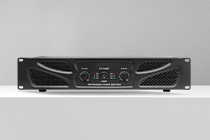
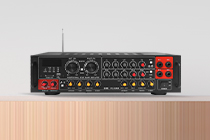
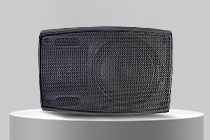


 Home
Home How to use the amplifier?
How to use the amplifier?  You May Also Like
You May Also Like
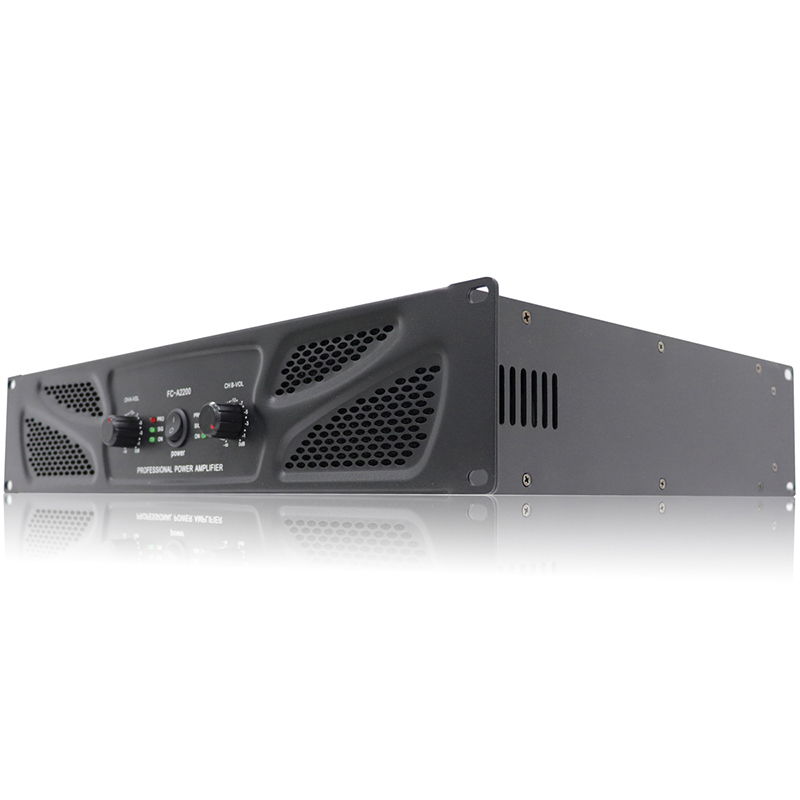

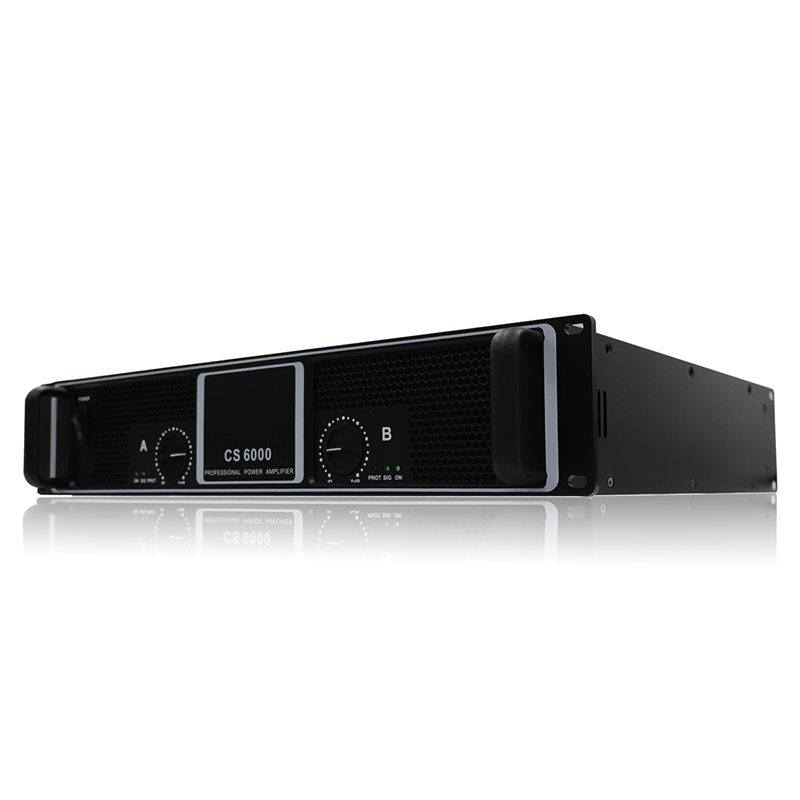
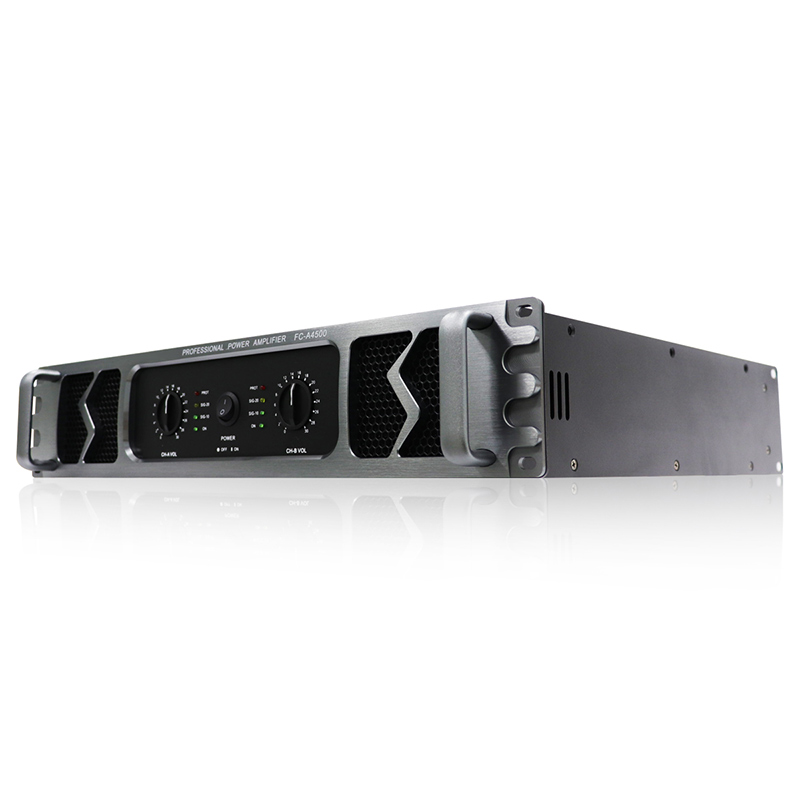
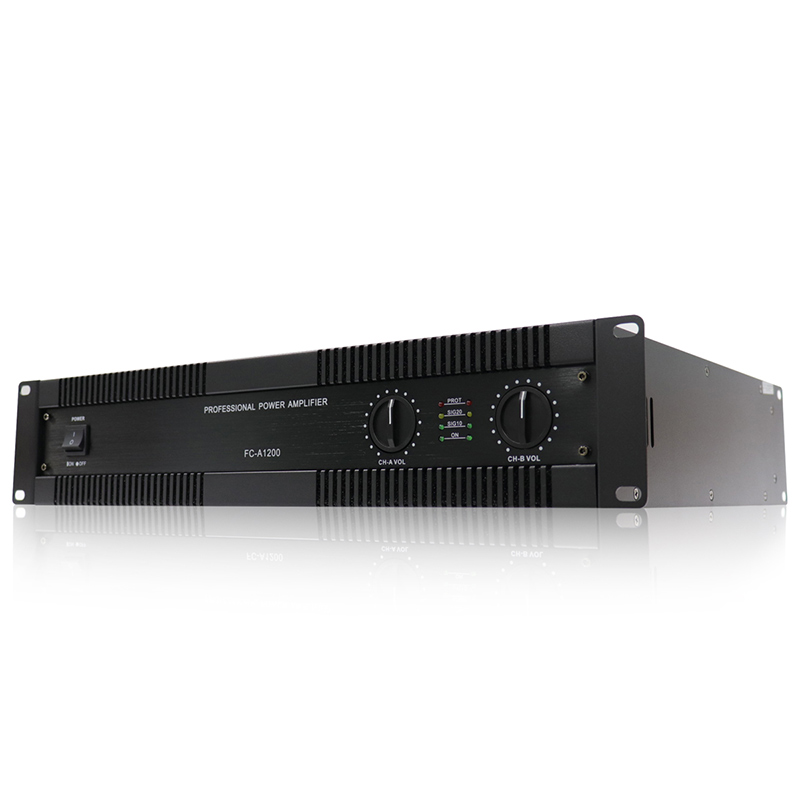
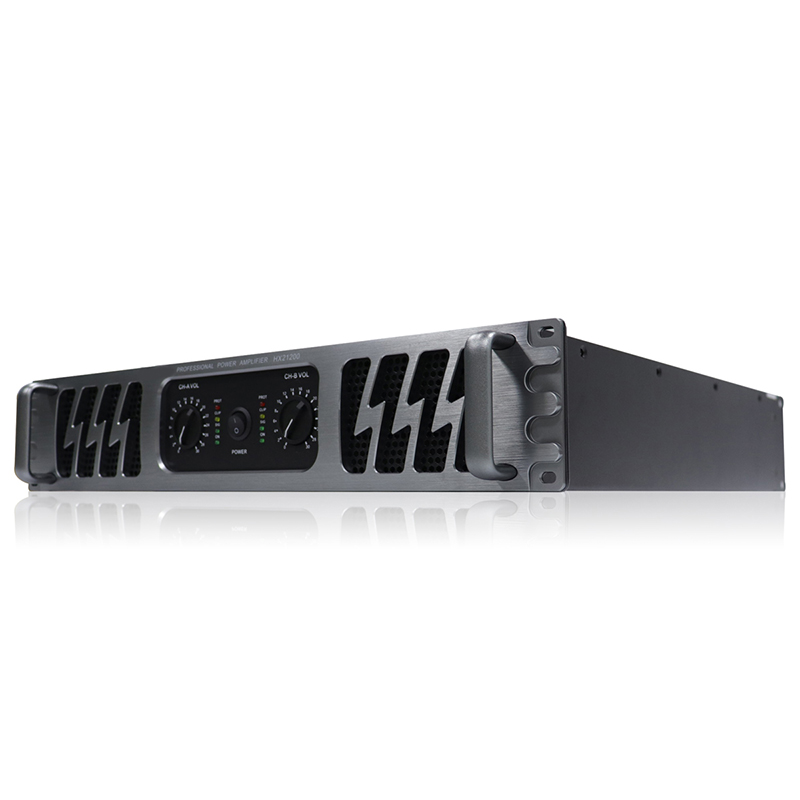
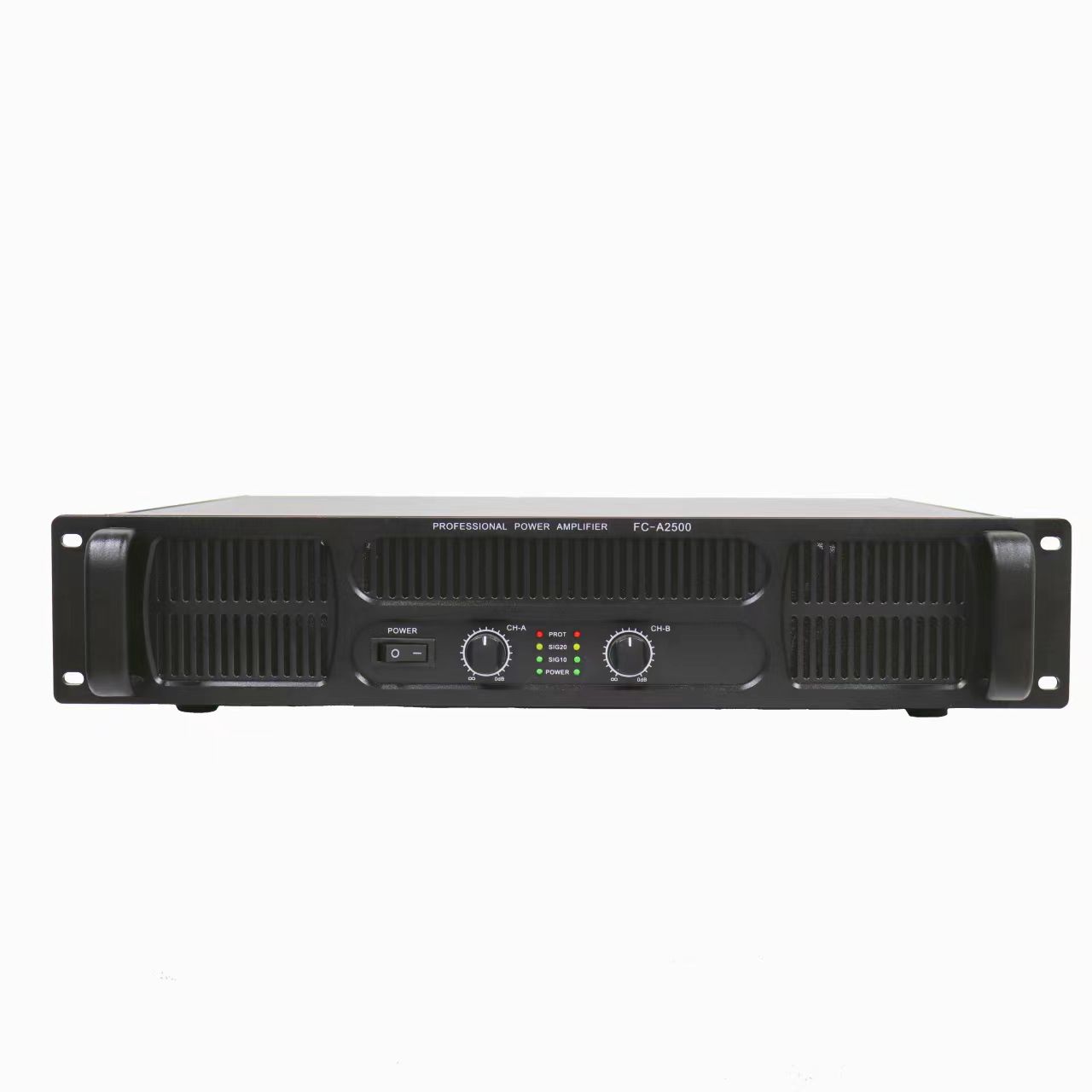
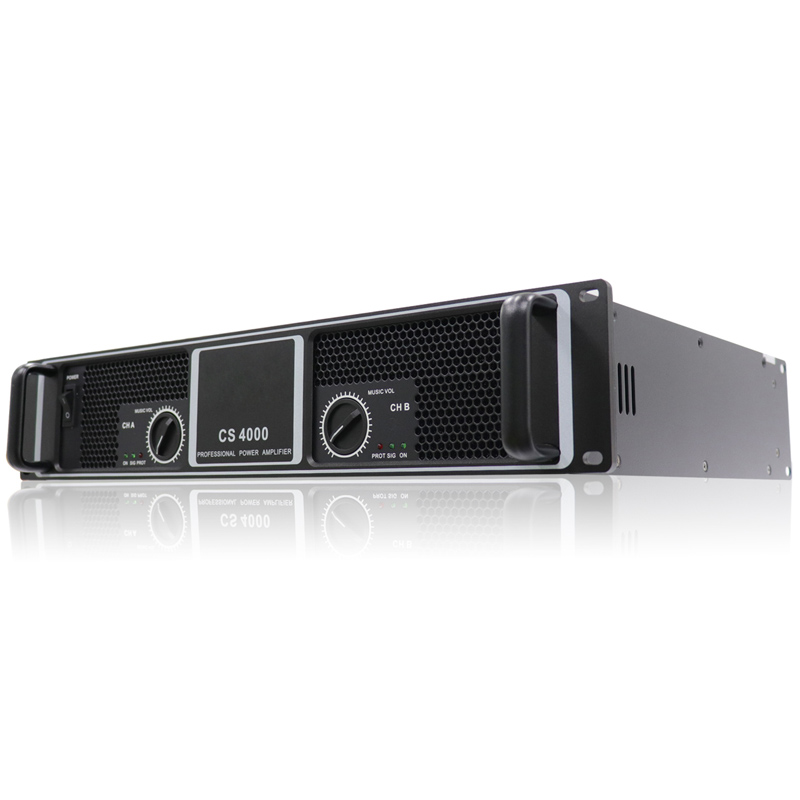
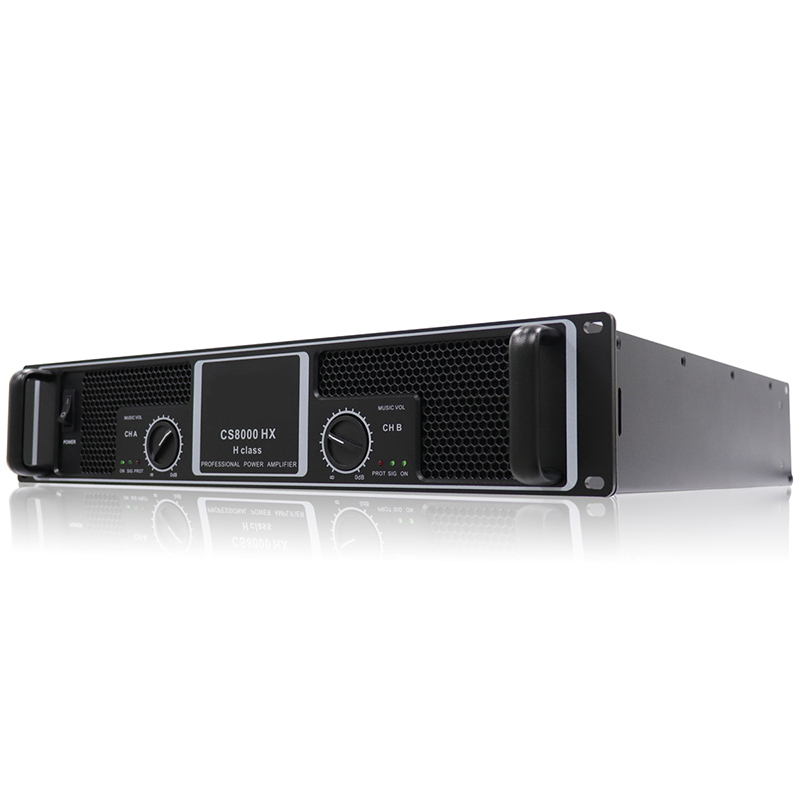

 Tel
Tel
 Email
Email
 Address
Address











